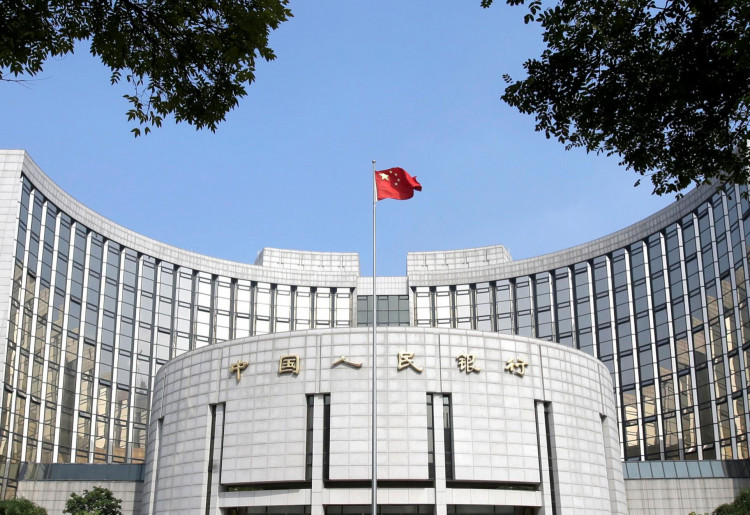China's central bank on Monday cut its main benchmark lending rates, marking the latest in a series of monetary easing measures aimed at reviving economic growth in the world's second-largest economy. The People's Bank of China (PBOC) lowered the one-year loan prime rate (LPR) by 25 basis points to 3.1% and the five-year LPR by the same margin to 3.6%. The LPR is used as a reference for most new and outstanding loans in China, while the five-year rate is closely linked to mortgage pricing.
The move, which was widely expected, is part of Beijing's broader strategy to stimulate growth amid a prolonged slowdown in key sectors, including real estate. PBOC Governor Pan Gongsheng had indicated last week that the rates would be reduced, and he also hinted at a potential cut in the reserve requirement ratio (RRR) for banks by up to 50 basis points before the end of the year. This follows a series of rate cuts and other support measures implemented over the past few months to support an economy struggling with weak consumer demand and a deepening property crisis.
Despite the rate cuts, economists remain cautious about the outlook for China's economy. Shane Oliver, head of investment strategy and chief economist at AMP, noted that while the reduction in borrowing costs was a step in the right direction, it might not be enough on its own to address the fundamental issues plaguing the Chinese economy. "The cost of money, the supply of money, is not the real issue in China. The real issue is a lack of demand, and that's why I think fiscal stimulus is so important," Oliver said.
Zhiwei Zhang, president and chief economist at Pinpoint Asset Management, echoed similar concerns, arguing that even after recent cuts, real interest rates in China remain too high. "I expect more rate cuts next year as the Fed rate declines," Zhang added, suggesting that Beijing may need to take further action to make borrowing more affordable and boost spending.
The PBOC's decision to cut rates comes as China grapples with the fallout from a slowing property market and an overall decline in consumer sentiment. Last month, the central bank lowered the RRR by 50 basis points, releasing liquidity into the financial system as part of efforts to shore up the economy. These moves, including rate cuts on short and medium-term lending facilities, are the most aggressive stimulus measures seen since the pandemic.
Recent data has offered mixed signals about the state of the Chinese economy. Last week, China reported third-quarter GDP growth of 4.6%, slightly better than analysts had expected. Retail sales and industrial production also showed signs of improvement in September, raising hopes that some of the stimulus measures are beginning to take effect. However, property investment continued to fall, with a decline of over 10% in the first nine months of the year, underscoring the challenges facing one of the country's most crucial sectors.
The cuts to lending rates also come amid a backdrop of currency weakness. Since the PBOC announced its stimulus measures in September, the Chinese yuan has depreciated by about 1% against the U.S. dollar. The currency's slide has raised concerns over capital flight and added pressure on policymakers to strike a balance between supporting growth and maintaining financial stability.
Chris Weston, head of research at Australian broker Pepperstone, pointed out that market participants may be experiencing "policy easing fatigue." He noted that despite Beijing's efforts, there remains skepticism over whether the current measures are sufficient to reinvigorate growth. "How influential further easing proves to be in China and Hong Kong equity and the yuan is up for debate," Weston said in a note.
The Chinese government remains committed to achieving its full-year growth target of around 5%, with officials expressing confidence in their ability to meet the goal. However, the continued decline in property investment, combined with weak consumer sentiment, suggests that further support measures may be needed to stabilize the economy.






